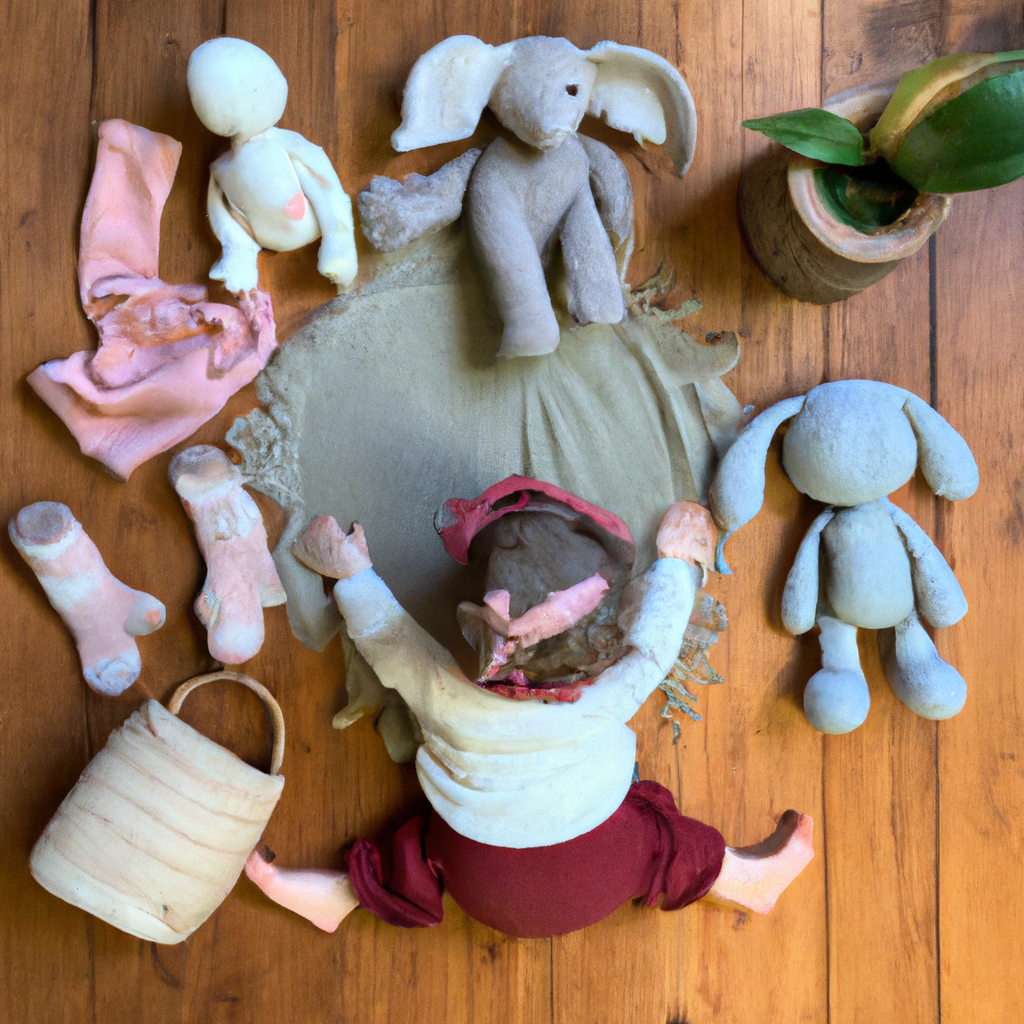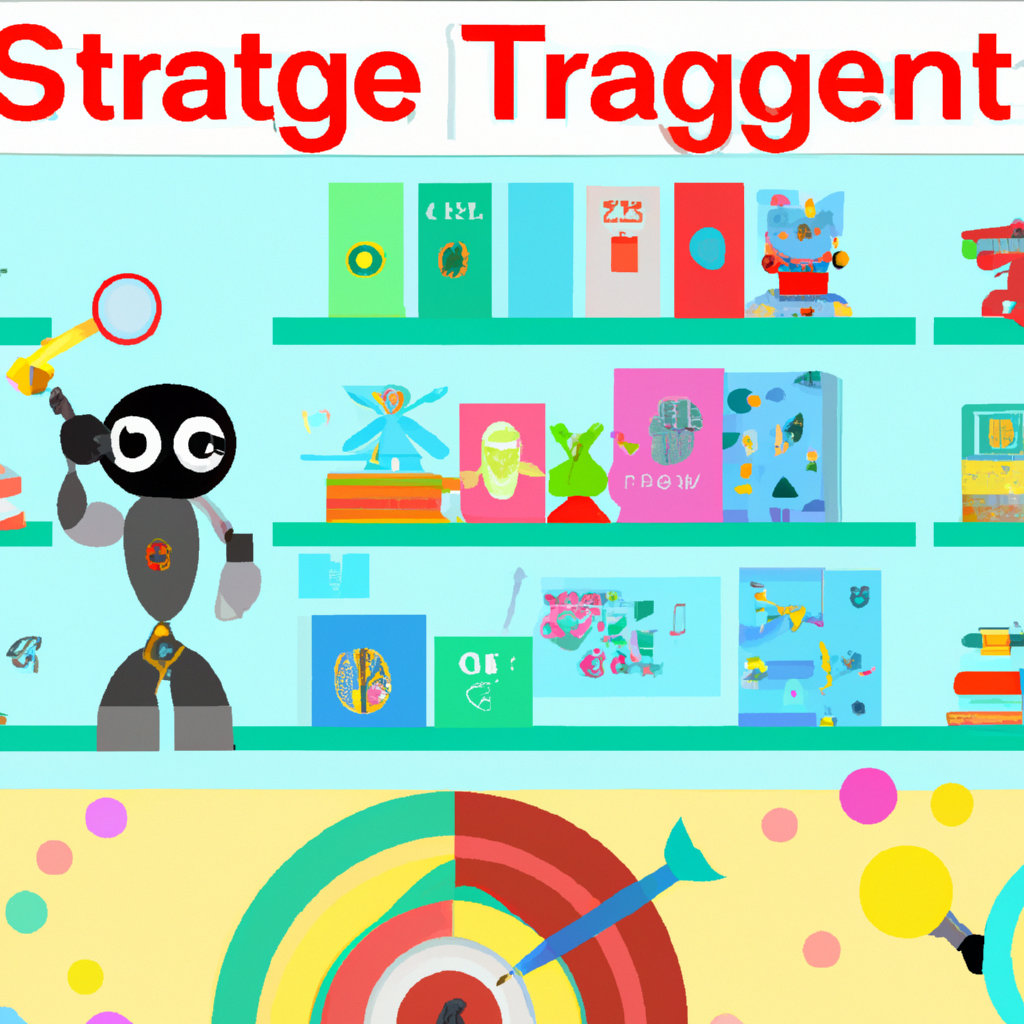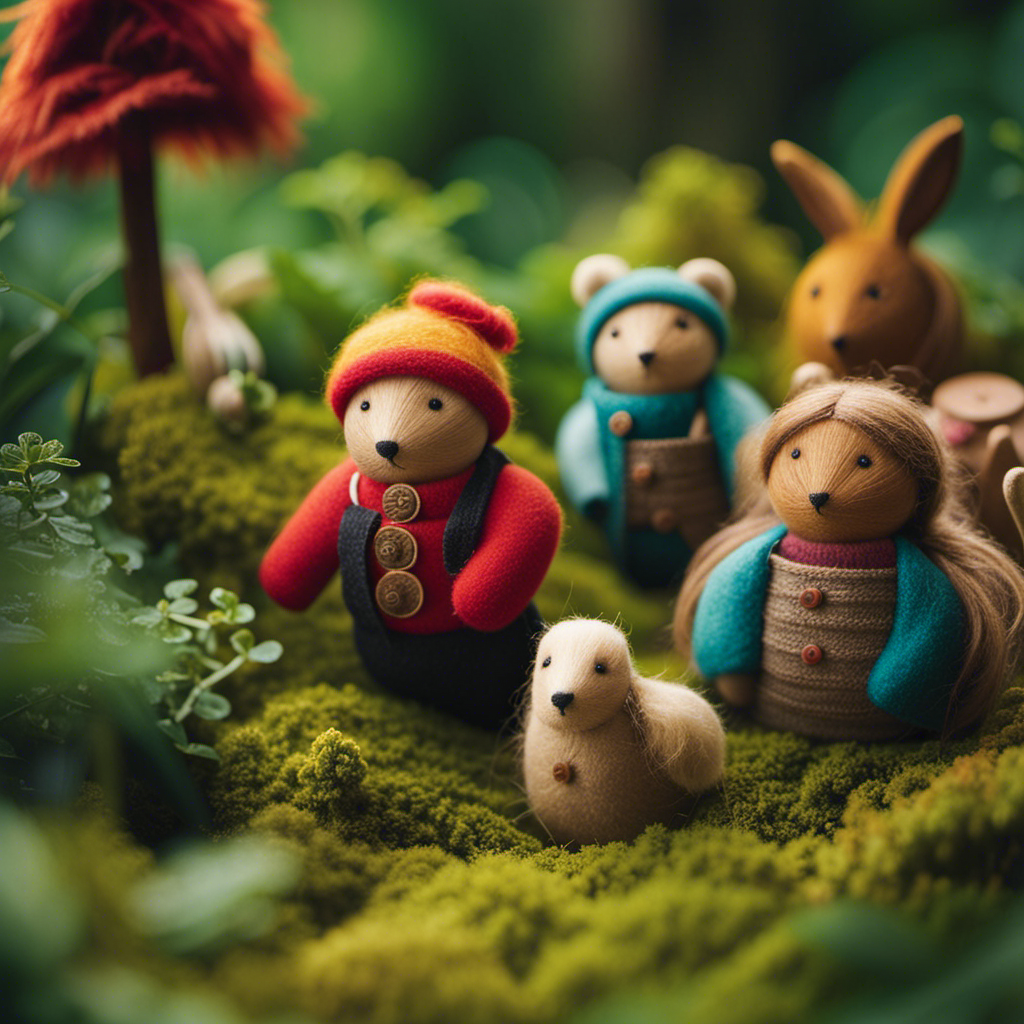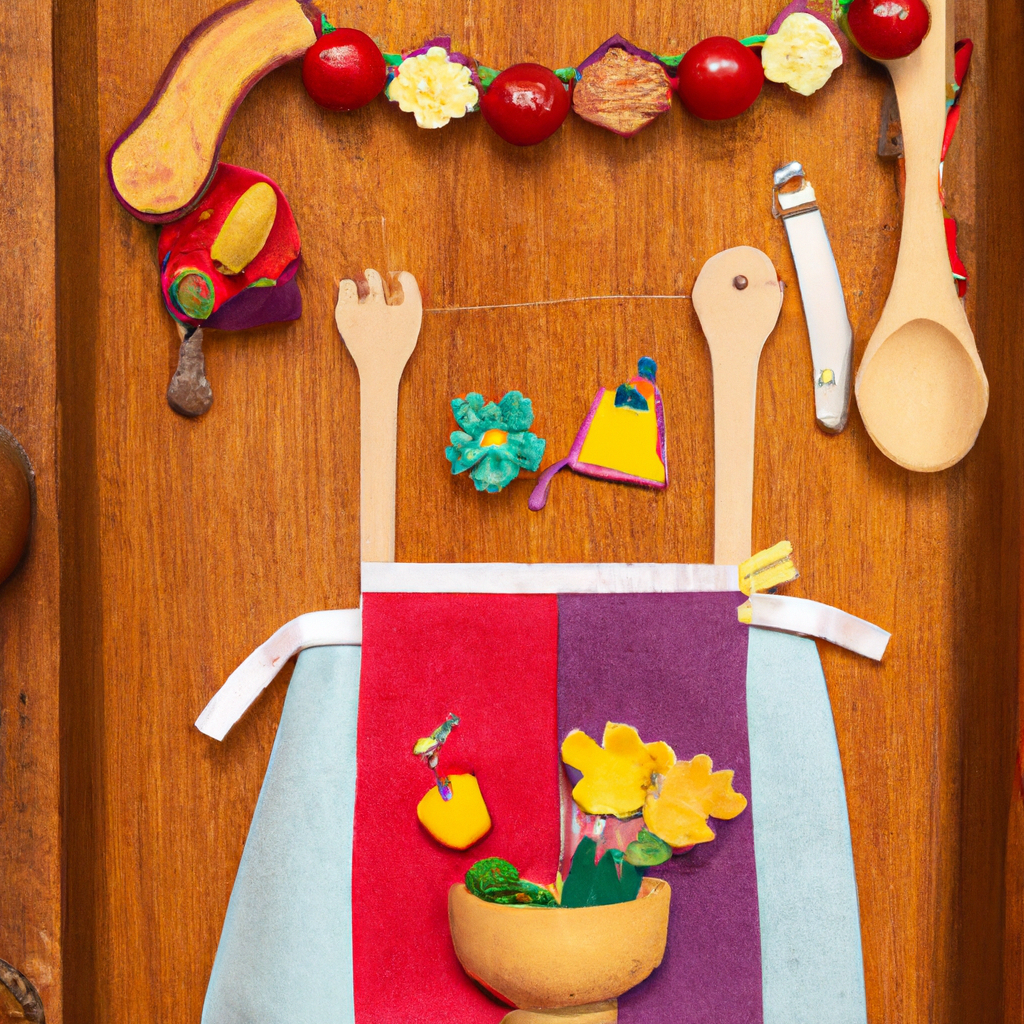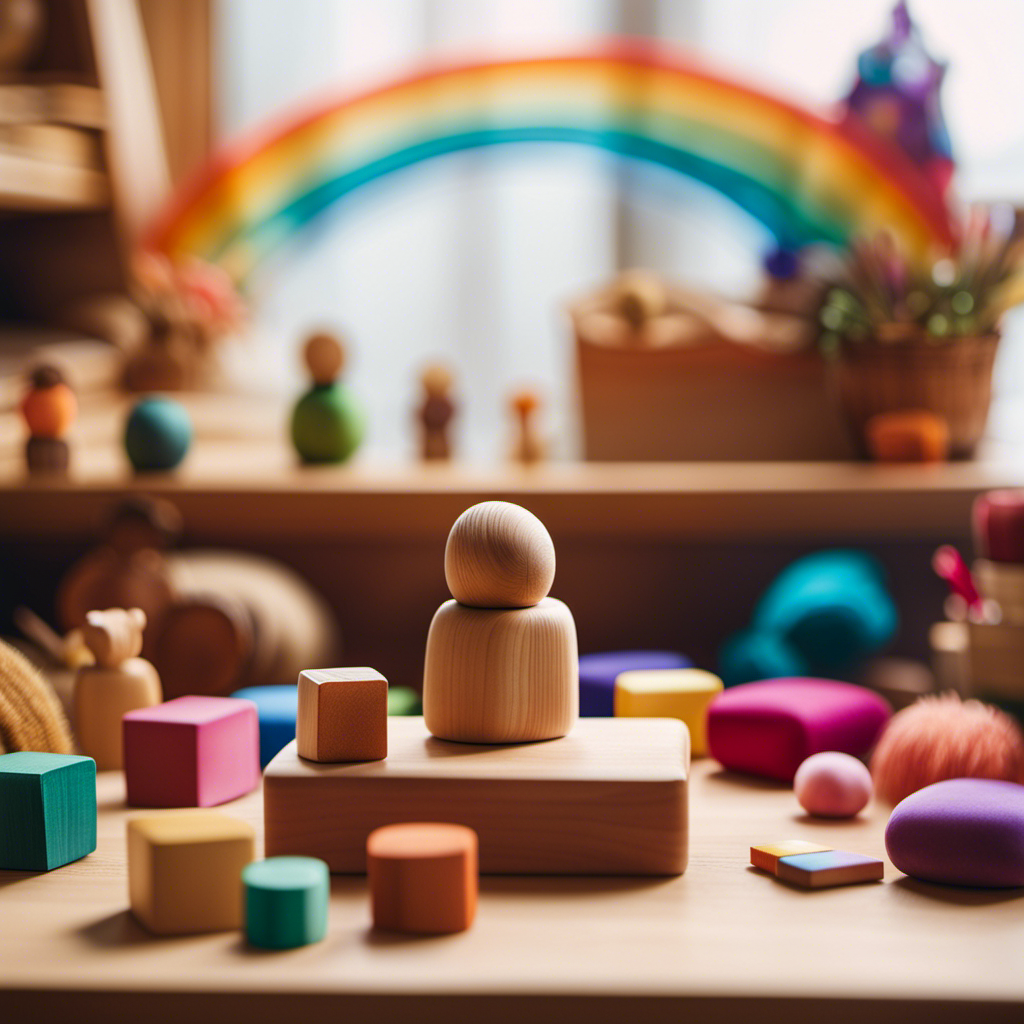As a parent, I’m constantly in search of play items that do more than just amuse my toddler; I look for ones that also spark their imagination and creativity. This is why I was eager to spread the word about my most recent find: Waldorf toys.
These enchanting playthings are crafted from natural materials, designed to inspire imaginative play, and foster problem-solving skills.
If you’re ready to unlock a world of wonder for your little explorer, join me as we unveil the best of Waldorf toys in this exciting article.
Key Takeaways
- Waldorf toys promote cognitive development and problem-solving skills through open-ended play.
- The use of natural materials in Waldorf toys enhances sensory development and fosters eco-consciousness.
- Waldorf toys inspire imaginative play, allowing children to create their own stories and scenarios.
- These toys nurture creativity and problem-solving skills by stimulating imagination and encouraging alternative problem-solving approaches.
The Benefits of Waldorf Toys for Toddlers
You’ll love the benefits of Waldorf toys for your toddler. Open-ended play with Waldorf toys allows children to use their imagination and creativity, promoting cognitive development and problem-solving skills. These toys are designed to engage all of the senses, promoting sensory development in little ones.
The use of natural materials such as wood, silk, and cotton in Waldorf toys not only makes them safe for children but also enhances their tactile experience. Waldorf toys encourage children to explore different textures, shapes, and colors, stimulating their sensory perception. As toddlers engage with these toys, they learn to appreciate the beauty of natural materials and develop an understanding of the world around them.
Transitioning into exploring the natural materials of Waldorf toys, let’s dive into the wonders of wooden blocks and soft silk dolls.
Exploring the Natural Materials of Waldorf Toys
Discover the sensory wonders of the natural materials used in Waldorf toys. These toys are crafted with a deep appreciation for the tactile and sensory experiences they provide for children. Here are three reasons why they are so special:
-
Organic Wood: Waldorf toys are often made from sustainably sourced, organic wood. The smooth texture and warm feel of the wood stimulate the senses and offer a connection to the natural world.
-
Natural Fibers: From soft cotton to cozy wool, Waldorf toys incorporate natural fibers that invite children to explore different textures. These materials engage the sense of touch and promote sensory development.
-
Eco-Consciousness: By using natural materials, Waldorf toys encourage eco-consciousness in children from an early age. They promote an understanding of the importance of sustainability and respect for the environment.
Through these natural materials, Waldorf toys provide children with a rich sensory experience and foster a sense of eco-consciousness.
Now let’s dive into how these toys inspire imaginative play.
Inspiring Imaginative Play With Waldorf Toys
Imaginative play is sparked by the use of Waldorf toys, which encourage children to create their own stories and scenarios. These toys are designed to inspire creativity and allow children to explore their imagination freely.
When choosing Waldorf toys, it is important to consider safety as well. These toys are made from natural materials, such as wood and cotton, ensuring that they are safe and non-toxic for children to play with.
Incorporating Waldorf toys into daily routines can be as simple as setting aside dedicated playtime or incorporating them into storytelling activities. By providing children with these open-ended toys, we are nurturing their creativity and problem-solving skills.
These toys allow children to think outside the box, come up with their own solutions, and develop essential cognitive skills.
Nurturing Creativity and Problem-Solving Skills With Waldorf Toys
When playing with Waldorf toys, you can foster creativity and problem-solving skills in children.
Waldorf toys are designed with cognitive development in mind, encouraging open-ended play that stimulates imagination and critical thinking.
These toys provide children with the opportunity to explore and discover, allowing them to use their creativity to come up with unique solutions to problems.
By engaging in imaginative play with Waldorf toys, children learn to think outside the box and develop their problem-solving abilities.
They are encouraged to experiment, make mistakes, and find alternative solutions, which ultimately enhances their cognitive development.
By fostering open-ended play with Waldorf toys, children are given the freedom to explore their own interests and ideas, leading to a greater sense of autonomy and a deeper understanding of the world around them.
Now, let’s delve into choosing the right Waldorf toys for your little explorer.
Choosing the Right Waldorf Toys for Your Little Explorer
If you’re unsure which Waldorf toy to choose, you can ask for recommendations from parents who have experience with them.
When it comes to selecting the right Waldorf toys for your little explorer, there are a few important considerations to keep in mind.
First and foremost, safety should always be a top priority. Look for toys made from natural materials such as wood, cotton, or wool, and ensure they are free from any harmful chemicals or small parts that could pose a choking hazard.
Additionally, incorporating sensory play into your Waldorf toy selection can greatly enhance your child’s development. Opt for toys that engage multiple senses, such as those with different textures, colors, and sounds.
Frequently Asked Questions
Are Waldorf Toys Safe for Toddlers to Play With?
Waldorf toys are safe for toddlers to play with. They offer numerous benefits such as promoting creativity, imagination, and sensory development. Compared to mainstream toys, Waldorf toys are often made from natural materials and encourage open-ended play. However, they may be more expensive.
How Do Waldorf Toys Promote Sensory Development in Toddlers?
Sensory exploration is key in toddler development. Waldorf toys, with their open-ended play, promote this by engaging all the senses. They encourage creativity, imagination, and problem-solving skills, making them perfect for little explorers.
Can Waldorf Toys Be Used as Educational Tools for Toddlers?
Yes, Waldorf toys can be used as educational tools for toddlers. Incorporating them into a play-based learning curriculum allows for open-ended play, promoting creativity, problem-solving, and imagination. It enhances cognitive, social, and emotional development.
Are Waldorf Toys Suitable for Children With Special Needs?
Yes, Waldorf toys are suitable for children with special needs. Inclusive play is important, and these toys offer sensory stimulation, encourage imagination, and promote fine motor skills development. For example, a child with autism can benefit from the calming nature of Waldorf toys.
What Age Range Are Waldorf Toys Designed For?
Waldorf toys are designed for toddlers, typically ranging from 1 to 3 years old. These toys offer numerous benefits for children in this age range, promoting imagination, creativity, and sensory exploration.
Conclusion
In conclusion, Waldorf toys are a wonderful choice for toddlers as they offer a multitude of benefits.
From exploring natural materials to inspiring imaginative play, these toys truly nurture creativity and problem-solving skills.
By choosing the right Waldorf toys for your little explorer, you are providing them with the tools they need to learn and grow.
So, go ahead and embrace the magic of Waldorf toys and watch as your toddler’s imagination takes flight.
Avery brings the magic of words to life at Toddler Ride On Toys. As a dedicated writer, she combines her love for writing with her fascination for child development to craft articles that resonate with our audience. With a background in journalism and a knack for storytelling, Avery’s pieces inform, engage, and inspire parents and caregivers.
